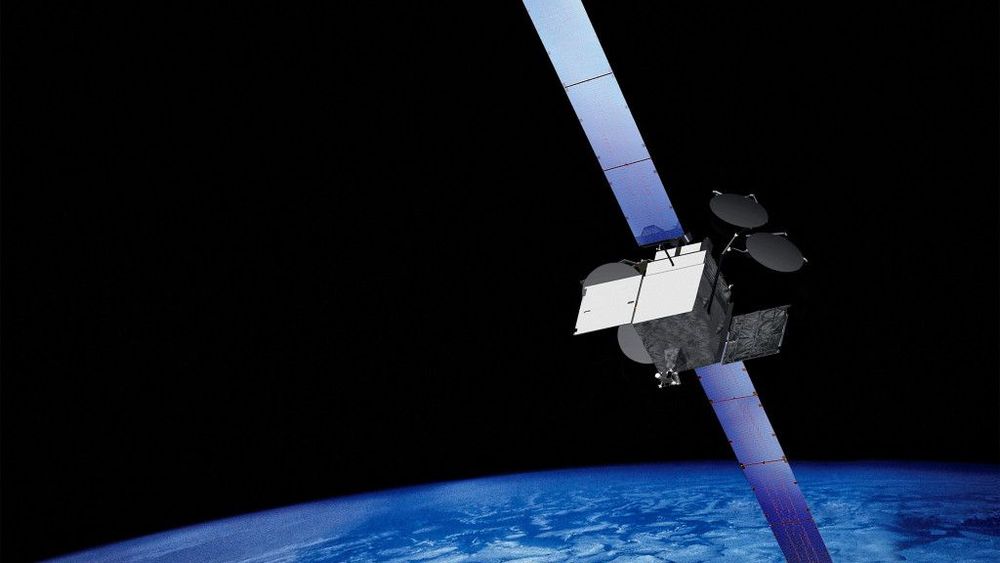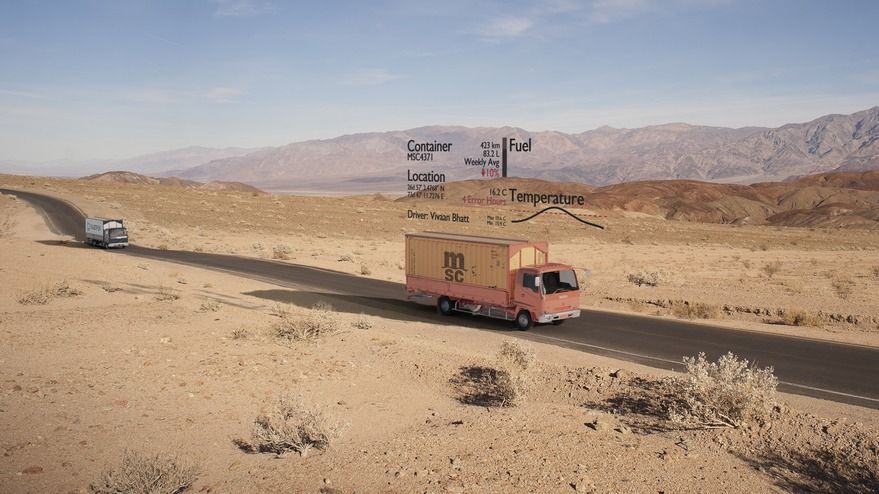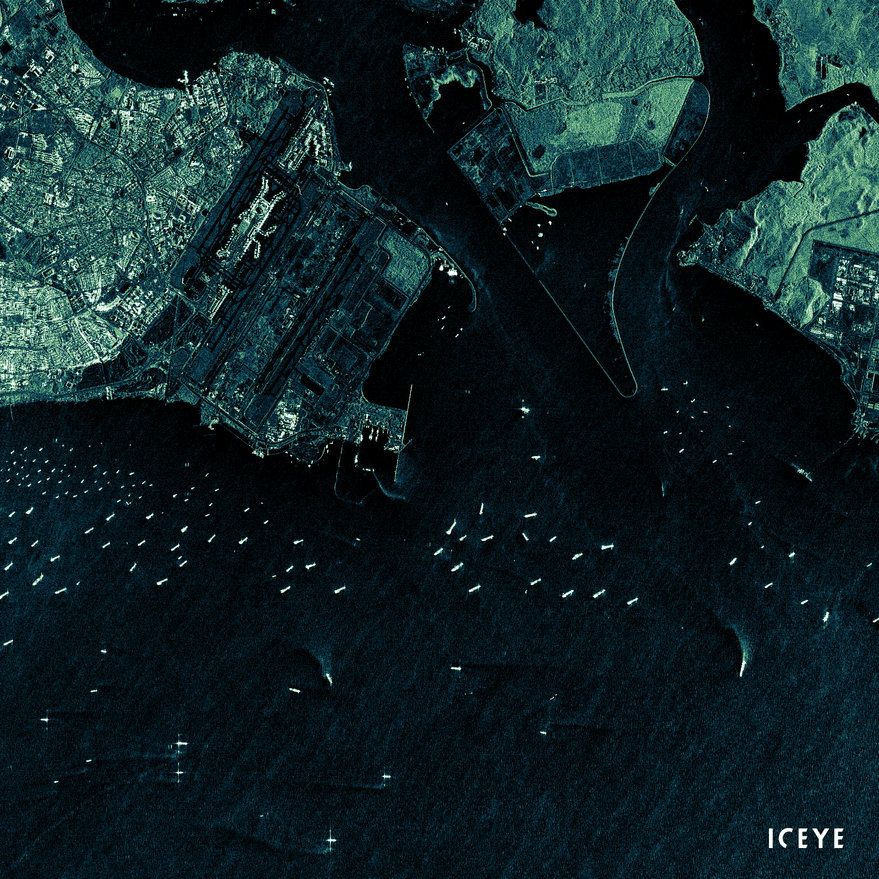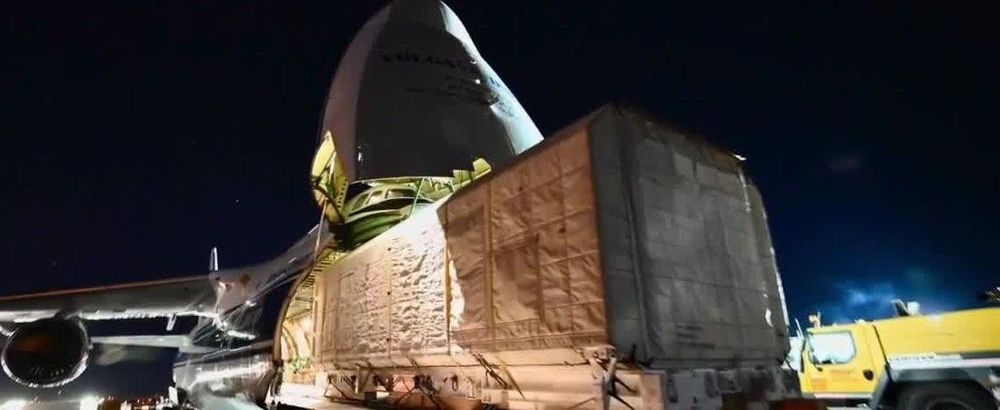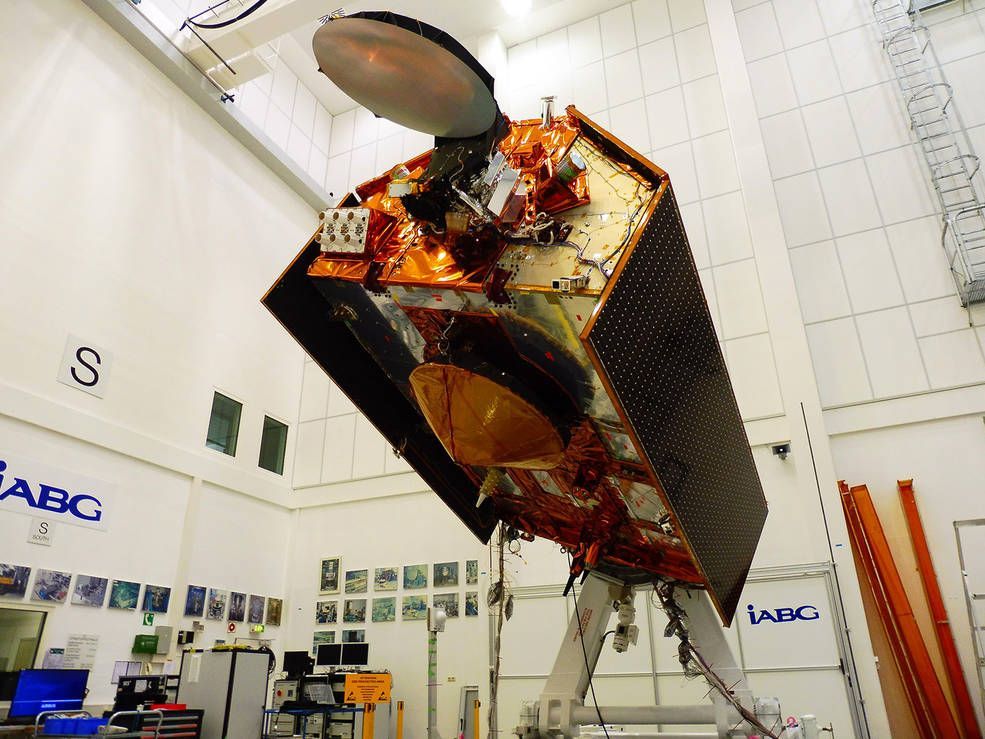WASHINGTON — DirecTV is racing to move its Spaceway-1 satellite out of the geostationary arc after the 15-year-old satellite suffered a crippling battery malfunction that the company fears could cause it to explode.
DirecTV told the U.S. Federal Communications Commission that it does not have time to deplete the remaining fuel on Spaceway-1 before disposing of it by boosting it 300 kilometers above the geostationary arc, a region home to most of the world’s large communications satellites.
Spaceway-1 is a Boeing-built High Power 702 model satellite that was designed to last 12 years. Launched in 2005 on a Sea Launch Zenit 3SL rocket, the 6,080-kilogram satellite originally provided high-definition television direct broadcasting services from its orbital slot at 102.8 degrees west longitude. More recently, Spaceway-1 was being used to backup Ka-band capacity over Alaska.
